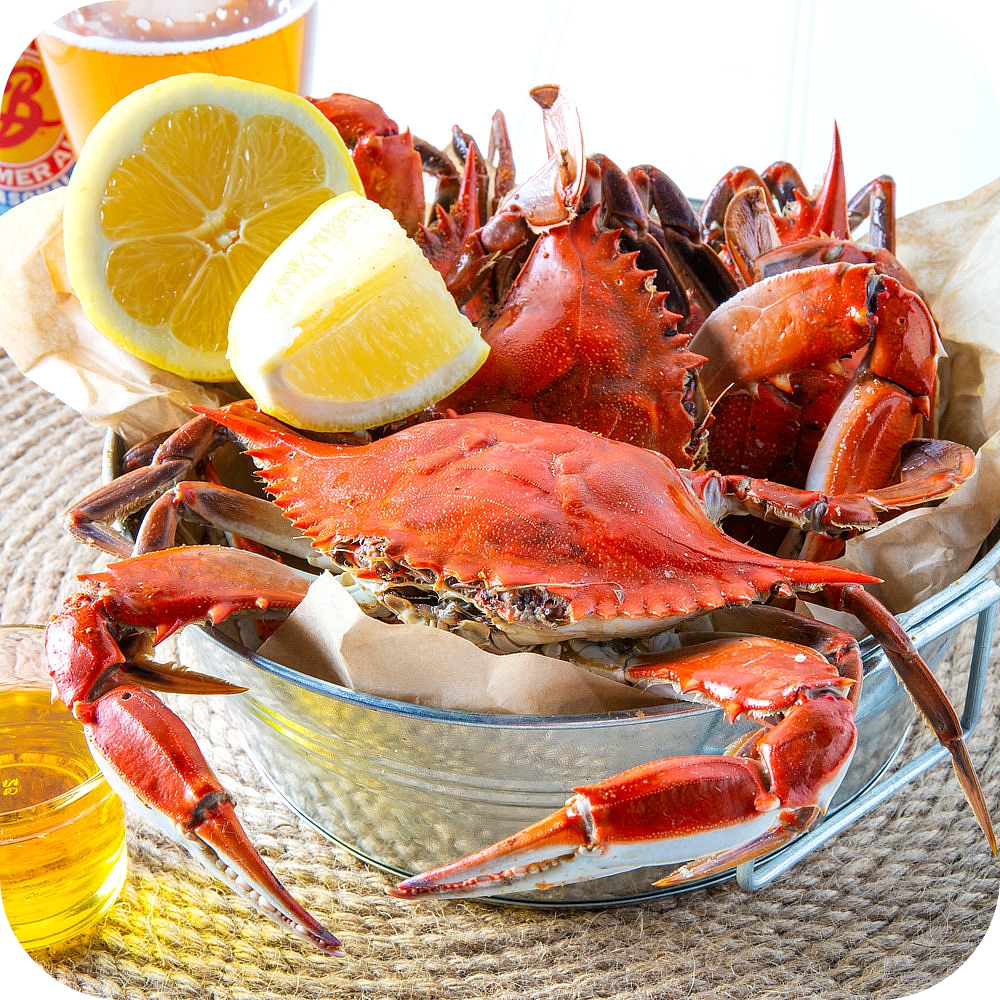

Evartt.īlue crabs are harvested as hard shell crabs, peeler crabs (just prior to molting), and soft shell crabs (immediately after the molt). Indeed, stalwart recreational fishermen still prefer crabbing the old-fashioned way, with a dip net.īlue crabs (sooks), Lusby, Maryland, September 2004. Trotlines preceded this method and served well for many years. In harvesting, commercial crabbers use crab pots as their main tools. Integral to the State's economy, its harvest is carefully nurtured and eagerly anticipated. The brackish (slightly salty) water of Chesapeake Bay provides an ideal habitat for the blue crab. Under better circumstances, scientists believe that blue crabs could live as long as 8 years.Ĭrab baskets, tops, & yellow crab pots (traps), Chesapeake Beach, Maryland, December 2002. Most are harvested, however, before they get any older. For those who do, their life expectancy in Chesapeake Bay is estimated at 2 and 1/2 to 3 years (as of October 2000). As they grow from a larval stage to a recognizable crab shape, most fall prey to predators. Providing a seafood bounty, life becomes tenuous for baby blue crabs. Crab is prepared in restaurant and home kitchens in innumerable ways, steamed or sauteed, as Maryland Crab Cakes and Crab Imperial, or in crab soup and crab dip.īlue Crab on dock, Annapolis, Maryland, 1998. The blue crab's scientific name translates as "beautiful swimmer that is savory." Blue crab meat sometimes is compared to the sweetness of lobster meat the flavor best appreciated by cracking and eating steamed hardshells or feasting on softshells. Its name honors Mary Jane Rathbun (1860-1943), the scientist who described the species in 1896.
Blue crab images code#
In 1989, the Maryland Blue Crab ( Callinectes sapidus Rathbun) was designated the State Crustacean (Chapter 724, Acts of 1989 Code General Provisions Article, sec. Blue Crab, Maryland State Crustacean MARYLAND AT A GLANCE STATE SYMBOLS Maryland State Crustacean - Blue Crab


 0 kommentar(er)
0 kommentar(er)
